When looking into education for your child or yourself, it’s important to consider which style of learning you want to pursue: traditional or progressive. The two types of learning have wildly different values. Traditional education values memorization of facts and following of a core curriculum, while progressive learning places an emphasis instead on skills like critical thinking and creativity.
There are many factors to consider when choosing between traditional and progressive education. From my years of experience in the school system, I can tell you firsthand that finding the right fit in terms of learning style is crucial. If a student is not performing well in one type of education, a switch to an alternate learning style can sometimes produce dramatic improvements.
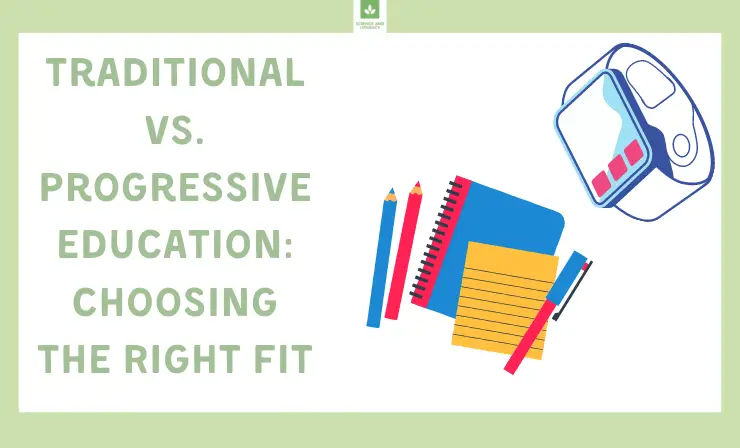
When choosing between traditional and progressive education, be sure to stay in touch with your values and know what you want to get out of your or your child’s education. Because both systems are built on such different philosophies, it is important to think about what learning goals you want the school to be helping its students achieve. Having your own educational priorities straight can go a long way in deciding which school is the right fit.
It’s prudent to understand many things about the education system before choosing which type of learning is best for you or your child. Let this article be your ultimate guide! After reading, you will know all about:
- Differences Between Traditional and Progressive Curriculums→
- The Process of Choosing Between Traditional and Progressive Education→
- The Traditional System of Education→
- The Progressive System of Education→
Once you know all about the different curriculums and what makes them so vastly different, you will have all the information you need about making the choice of traditional vs. progressive education.Still, if you have problems with making up your mind, read some advce.
Traditional vs Progressive Education: Differences of Curriculums
Much of the difference in traditional vs progressive education system boils down to fundamental differences in beliefs about what schools should teach. As I said before, the traditional education system is a much more rigid, class-based system than the progressive system, and that is reflected in their values.
Traditional vs Progressive Education. Mix school with the real world. #DynamicMTL pic.twitter.com/2mdyMAItLc
— Sylvain Carle (@froginthevalley) July 19, 2016
Traditionalist educators devote their practice to a deeply academic purpose, and as a result their education system places emphasis on developing the mental ability of the students. There is also an element of Western cultural history and thought, as many traditional schools perpetuate classic American and European values. Examples of traditional schools around today include most Christian schools, which place value on many of the same tenets as traditional education.
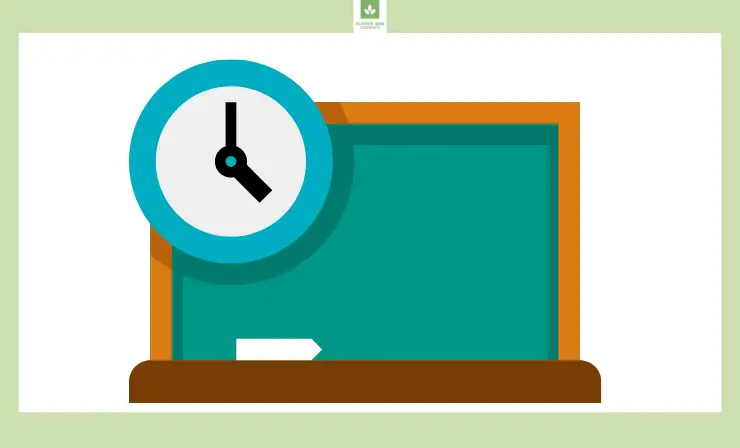
In progressive education systems, the teacher acts “as an active participant rather than an intervening individual.” Progressivist educators see the function of schools and education very differently to traditionalists. In the progressive system, schools are “social service agencies whose purpose is to prepare [students] for the social, political, and economic realities of modern life.” In general, the progressive approach is much more child-centered than the traditional approach.
Overall, if you’re looking into both traditional and progressive schools, expect a big difference in curriculum. Since these education styles come from vastly disparate philosophies of the function of school in a community, what schools should teach, and the value of learning, these differences are reflected in the curriculum. These differences in curriculum have produced a bit of a rivalry over the years about which system of education is better or worse, but traditional and progressive education are tailored to completely diverse sets of needs from each other.
If you want to look further into the differences in curriculum between traditional and modern education, check out this comparison video on YouTube!
Document cameras are a common device used in both traditional and progressive education.
Choosing Between Traditional and Progressive Education
Many people have a difficult time choosing between traditional and progressive education because they are so different. Let’s go over some of the real considerations you should make when choosing a preferred education system for yourself or your child.
One of the main things to consider when choosing a school is what type of learner you are. Traditional education can be wonderful for students who need an ordered, distraction-free environment to maintain focus. In traditional classrooms, assignments and expectations follow a predictable academic calendar and system that provides many students with the type of structure they need. Critics of traditional education tend to point out that the system might be stifling creativity, but on the flip side it allows students from various backgrounds to grow up with a sense of order.
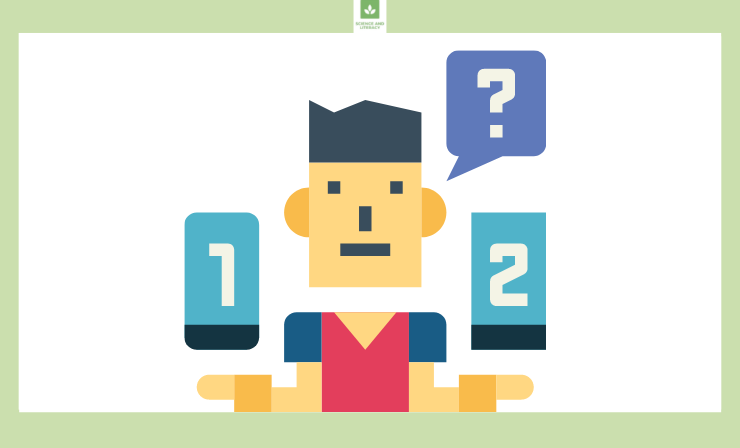
On the other hand, progressive education can be great for hands-on learners, those who learn by ‘doing,’ rather than simply taking in information. This system is also great for more social students, as it places great emphasis on group work and collaboration. Progressive systems also have more structure in place for students who need to learn at a varying pace, meaning that students who go through material at a faster or slower rate than their classmates are permitted to do so.
While there has been a long-standing rivalry between traditional and progressive education, there truly is not one system that is better or worse than the other. While one might personally disagree with the core values of one system or another, it is important to recognize that we have different types of education systems for a reason. The world and every student’s learning needs are diverse and having different schools with different learning styles is a great way to accommodate that.
If you want to learn a little more about making the choice between traditional vs progressive education, take a look at this video:
A common piece of equipment in progressive education classrooms is an interactive whiteboard.
What is the Traditional System of Education?
Before we get into the process of choosing between traditional and progressive education, it’s important to understand the basics of each system. Traditional education is an education philosophy that dates back through many generations. It is a much more rigid system than progressive education, and it places value on learning a set curriculum.
The traditional education system is a practical one. According to the School of Education, traditional learning does not place emphasis on how students are growing individually, but “they focus on shaping students into moral and educated individuals who can contribute to the working world when they become adults.” While this system may be more rigid, it is also more results-driven and can be helpful especially to students who work well in an orderly environment and like knowing what to expect in both the long and short-term.
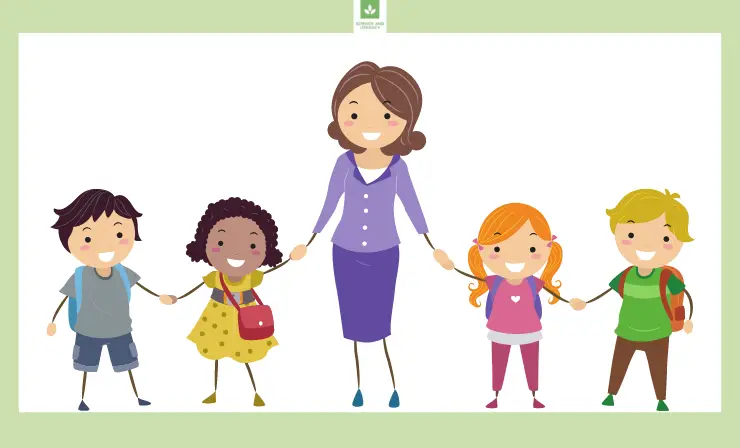
One of the benefits of traditional education for students is teaching students that “the world has structure and there are rules to follow.” However, this benefit is also a reason that this education style might not work for some. While this structured education system turns students into productive workers, there is significantly less emphasis on their creativity, creative thinking skills, and personal growth. If you or your child are the type of student to get ‘lost in the crowd,’ traditional education could risk stifling the learning process.
Traditional education also has a number of impacts on educators. Many teachers prefer working within a traditional education system, as it is easier to design curriculum within a structure with set expectations. Traditional education classrooms also tend to have a protocol for student discipline as well as set metrics for measuring student success, making teaching more of a hands-off experience.(If you want to learn more about traditional classroom read this) Some teachers who don’t like working within traditional education tend to be those who prefer to have more control over the curriculum and day-to-day happenings in the classroom.
To learn a little more about some of the main aims of both education systems, check out the video above!
What is the Meaning of Progressive Education?
Now that we’ve gone over some of the basics of traditional education, let’s take a look at what the term ‘progressive education’ actually means. The progressive education movement began in the late nineteenth century and has evolved in various forms until present day. This type of education is much less rigid and class-based than traditional education, and finds its roots in modern experience.
Progressive education has a lot of features that distinguish it from other forms of learning. Progressive students usually complete a lot of hands-on projects and have experiential learning such as field trips and similar activities. Progressive schools also place a lot of emphasis on group projects and learning broad critical thinking concepts as opposed to rote memorization of information. Many progressivists believe that the memorization incorporated into traditional education encourages passive learning, while the progressive school system places an emphasis on making sure each student is engaging in active learning. Click, if you want to read more about memorization techniques.
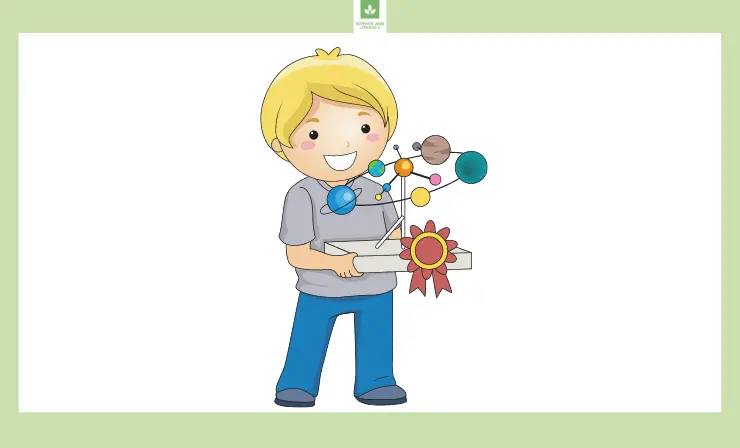
Another facet of the progressive system is that it is designed with mind to the fast-paced changes in technology and culture that we are seeing in the modern age. Rather than teaching set subjects that might be outdated or irrelevant in coming decades, progressivist educators focus on teaching transferrable skills. Skills like communicating in a group, thinking critically, solving problems, and being creative are broad and can be applied to a wide variety of real-world situations and careers.
Progressive education also requires a certain type of teacher to make things run smoothly. The progressive teaching experience is much more hands-on than teaching with a traditional curriculum, particularly because the use of textbooks is de-emphasized. This means that teachers are usually the ones responsible for organizing the curriculum and making sure students are hitting goals. For new teachers or teachers who prefer to operate within a structured system, progressive education might not be the right fit.
Check out the video below if you want to learn more about how education has changed throughout the 21st century!
Recorded lectures are often a key element of a progressive education curriculum. If you’re a teacher and want to know more about the best cameras for recording lectures, read this article!
Useful Resources
Wrapping it Up
As you can see, traditional and progressive education are two very different systems with varying goals and practices. Deciding which of these systems is the right fit greatly depends on the student. While traditional education might provide the structure some students need, progressive education places more emphasis on active learning and making sure students don’t get lost in the crowd.
If you’re trying to decide what type of education is the right fit for you, be sure to consult all the information in this ultimate guide to traditional vs progressive education!
- Overview of 22 Low-Code Agencies for MVP, Web, or Mobile App Development - October 23, 2024
- Tips to Inspire Your Young Child to Pursue a Career in Nursing - July 24, 2024
- How Parents Can Advocate for Their Children’s Journey into Forensic Nursing - July 24, 2024
